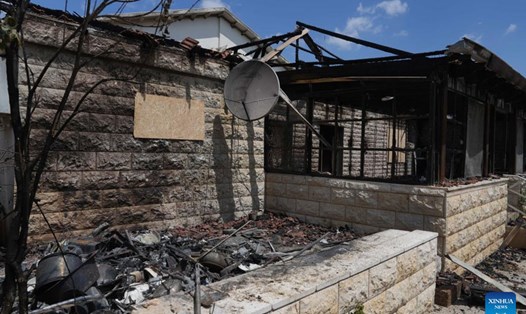On November 5, Russia launched a Soyuz-2.1 rocket from the Vostochny cosmodrome, carrying 55 satellites, including two Ionosfera-M satellites that monitor the Earth's ionosphere and 53 other satellites, including two Iranian satellites, according to an announcement from the Russian Space Agency Roscosmos.
Among the 53 small satellites launched by the Soyuz-2.1 rocket this time, there are two Iranian satellites, including Kowsar - a high-resolution observation satellite, and Hodhod - a small communications satellite. In addition, there is also the presence of the Druzhba ATURK satellite - a joint project of Russian and Chinese students.
The launch also helped Russia put two Ionosfera-M satellites into space and establish its ionosphere monitoring system. Each satellite weighs 430kg and operates at an orbit 820km high, according to Interfax.
The Russian surveillance system will consist of a total of four Ionosfera-M satellites, with the next two scheduled for launch in 2025, according to Roscosmos. This follows the successful launch in February of an Iranian research satellite designed to map the terrain from orbit.
This event not only marks the development of Russia's space technology but also emphasizes the country's role in cooperating with countries like Iran, contributing to the expansion of the field of space observation and science.







